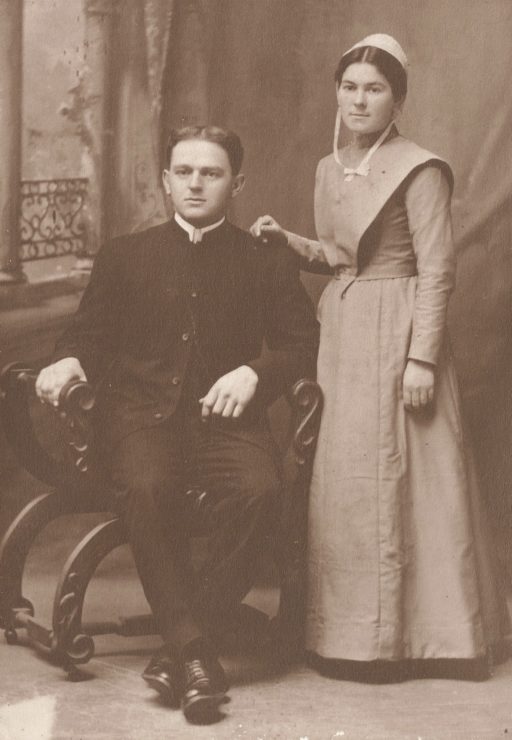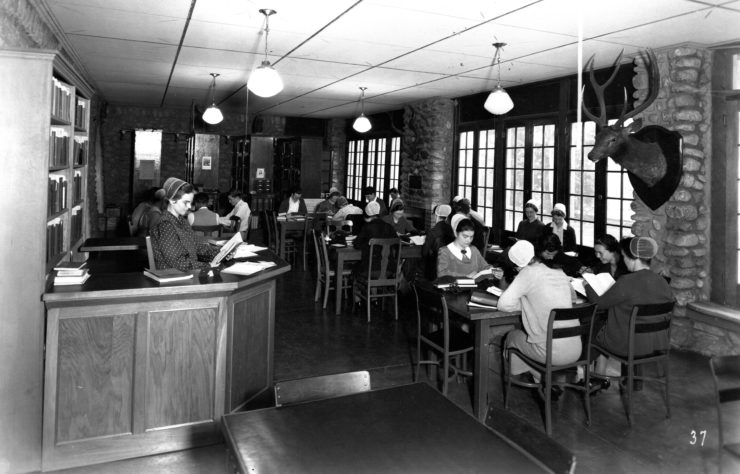Last year, the Annual Heritage Service was a Facebook Live event due to the COVID-19 pandemic. John Yeatts spoke about historic Brethren in Christ attitudes towards participation in politics in the context of looming 2020 presidential election in the US. Far more people were able to watch the event live or later on YouTube than usually attend the service in person, and many expressed their desire for the service to be live-streamed and/or recorded again in the future.

This year, the Heritage Service will be held on June 6, 2021, at 3:00 p.m. The venue will again be virtual, which feels like some kind of new oxymoron. How can a service that has traditionally taken place in the 150-year-old Ringgold Meetinghouse go virtual yet again? One obvious reason is that even though many people are now fully vaccinated against COVID-19 and new case rates are not as high as they had been, it is still wise to limit time in close proximity with other people.
There’s another reason too. We are sad to report that in February, the Ringgold Meetinghouse was broken into and vandalized. Several window panes in the basement and on the main floor were broken, and the globes of the vintage lanterns from the “sanctuary” were smashed. Two attic windows—both glass and frames—were also destroyed. Plates, place settings, and serving dishes in the basement dining area were smashed against a stone wall. Fortunately, there was no structural damage to the building, and apparently nothing was stolen. The board of trustees of the Meetinghouse will clean up the building, fix the things that can be fixed, consider what security measures might need to be taken and what funds are available to help with the repairs. There are also questions about the future of the meetinghouse, given how rarely it is used and the amount of upkeep that is required.
For the past year, our individual and corporate lives have been upended by the pandemic—the first of its kind in more than one hundred years. A century from now, our descendants will likely wonder what we did—how we handled the isolation, suffering, death, and political controversies of this pandemic—just as many of us wonder how our ancestors fared during the flu pandemic immediately following World War I and other epidemics. Maybe your parents or grandparents, or aunts and uncles and cousins, passed on stories from past epidemics that have encouraged or informed how you view the COVID-19 pandemic. Or perhaps you have a story about how your family or congregation responded to the current pandemic.
We would like to feature some of these stories from the past and present in the Annual Heritage Service this year. If you have a story to share—either from long ago or the past few year—please send a summary of it, along with a relevant photograph or two if you have any, to Ken Hoke, executive director, at 101 Clarindon Place, Carlisle, PA 17033. Deadline is May 15, 2021. And watch for more information about how to watch the live event on June 6.
We hope that in 2022, we will again be able to hold the Heritage Service in person at the Ringgold Meetinghouse. In the meantime, if you would like to contribute to the cost of repairs from the break-in, contact Frank Kipe.




